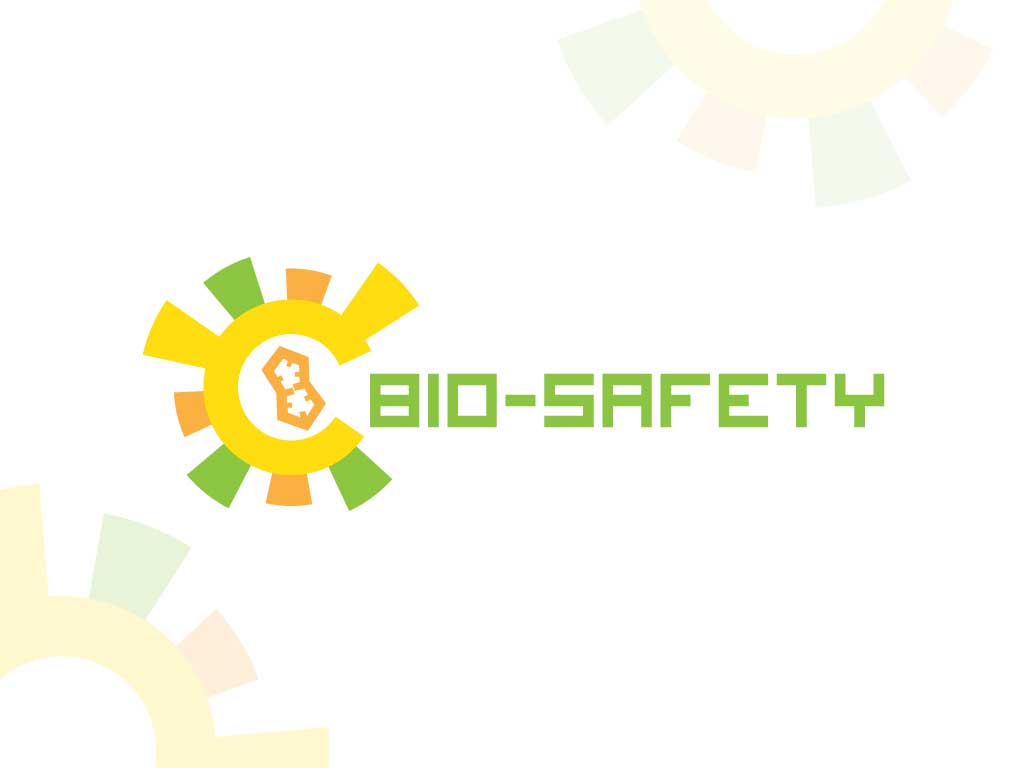Team:Shenzhen/Biosafety
From 2012.igem.org
-
S
BioBricks
- Summary
- YAO.Genome
- YAO.Channel
- YAO.Sensor
- YAO.Suicider
-
p
Notebook
- Team History
- YAO.Genome
- YAO.Channel
- YAO.Sensor
- YAO.Suicider
- YAO.Factory
-
e
Practices

- 1. Would any of your project ideas raise safety issues in terms of: researcher safety, public safety, or environmental safety?
- 2. Do any of the new BioBrick parts (or devices) that you made this year raise any safety issues?
- 3. Is there a local biosafety group, committee, or review board at your institution?
- 4. Do you have any other ideas how to deal with safety issues that could be useful for future iGEM competitions? How could parts, devices and systems be made even safer through biosafety engineering?
Bio-safety Questions
- No. All our experiments are based on commonly used E. coli and baking yeast strains. We have undertake conventional molecular biology experiments, and gene gun experiments, whose protocols are harmless to researchers. All engineered strains have been inactivated when experiments were accomplished, by sterilization equipment of BGI Research Institute.
- Besides, we have designed and worked on the YAO.Suicider subproject, to engineer a bio-safety device in Yeast Artificial Organelle and make the engineered strains commit suicide until producing enough production.
- No. Most of our BioBricks are signaling devices, transportation devices and reporters, which are innocuous, including TOC complex and mtGFP. REX, HOLIN, as the rest coding proteins we constructed, have been used by former iGEM projects and proved to be innocuous too.
- Yes, there is a group of experts working on bio-ethic and bio-safety in BGI Research Institute, leading by our advisor Prof. Dr. Huanming YANG. After giving several presentations to those experts, Prof. Yang given an opinion that our project is practicality and innocuous.
- An expert in bio-engineering, who can also work as an advisor, is expected to each team, to guide them dealing with strains and DNA fragments when necessary.
- Parts and devices which could raise safety issues should be significantly marked and documented detailedly.
Bio-safety Device
Synthetic biology, and also iGEM is aiming to construct more easily engineered toolboxes for designing biological systems without having to go through a massive research and technology process. With this “de-skilling” agenda, researcher can be free from the fundamental raw material hardship and focus on the complex system’s design only. But this standard establishment can lead to unprecedented safety problems: more and more “untraining” people can create powerful and unrestrained life for defense application, and biohackers can cheaply engineer a extremely destructive “worm viruses” for illegal personal purpose. Such a trend is dangerous and urges our consideration on biosafety.
Quoted from Alexander Kelle in his article Ensuring the security of synthetic biology - towards a 5P governance strategy, 5p strategy is proposed. 5p refers to strict control on the
• principal investigator (PI), the
• project, the
• premises, the
• provider (of genetic material) and, its
• purchaser.
Our project tries to make some contribution to this idea from the view of project. One module of our project – suicide drives the artificial mitochondrion-like organelle to kill itself by DNA fragmentation and therefore to trigger apoptosis of the host cell if it need a certain situation which provides double insurance for biosafety problem. As explained detailedly here.
 "
"




































